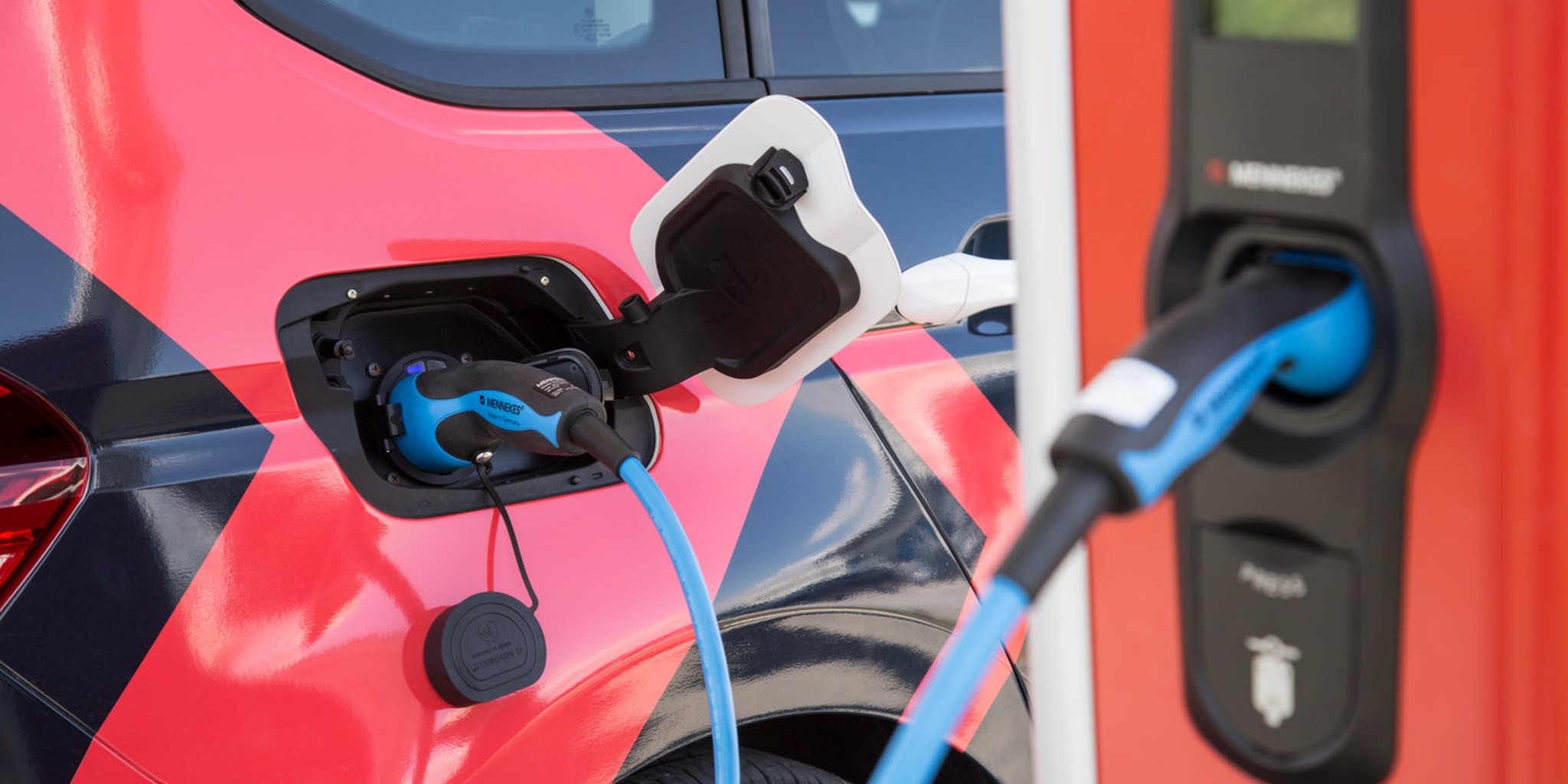Unlike the series hybrid, a parallel hybrid features a mechanical link between combustion engine and wheel. The power transmission in the drivelines powered by the combustion engine or electric motor respectively can be varied flexibly – the vehicle is then either driven purely electrically, purely by the combustion engine or by both drives simultaneously. In parallel hybrids, the power output of electric motor and combustion engine is added up to form the total output. Apart from the combustion engine and electric motor, such hybrid drives also need one or several transmissions, clutches or freewheels.
Depending upon the power output and function scope, experts distinguish between mild and full hybrids. The mild hybrid is the simplest and most cost-efficient hybrid. It is integrated into the combustion engine's belt drive as a starter generator or is directly connected to the crankshaft. With a comparably low system voltage of 48 volts, a mild hybrid already enables the fuel-saving recuperation of otherwise unused braking energy. Furthermore, it enables the fuel-saving automatic engine stop and coasting functions which always switch off the combustion engine when it is not needed. Last but not least, a mild hybrid also supports the combustion engine when accelerating.










